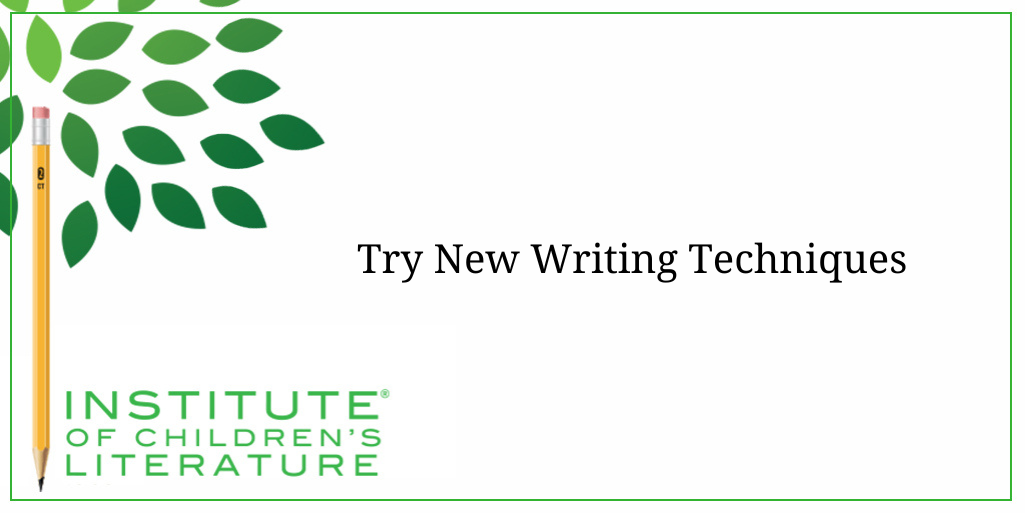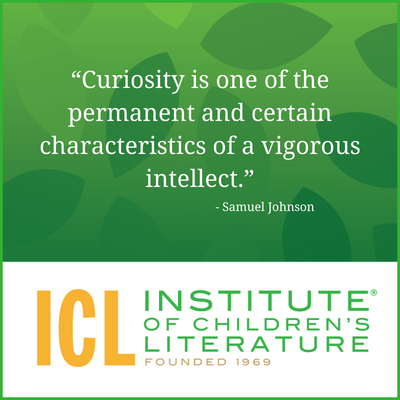
5 Ways Writers Can Prep for 2025 Goal Setting
Before we roll on to the new writing year, let’s harness our optimism for the blank slate before us and prepare for our 2025 Goal Setting just for writers.

We teach our students how to write and get published!
View our Course Catalog >
One of the scary and exciting elements of back to school for kids is the way a new school year always comes with new things. Kids face new challenges and new people. They deal with new teachers and new subjects. And as parents, we encourage, support, and give pep talks about trying new things. But how often do we, as writers who are all grown up, try new things with our writing techniques?
Research has suggested that mental challenges as adults offer greater resistance to the aging process in our brains on the cellular level. So learning is good for what ails us and that makes back to school is a good time for us to take our own advice and give some new learning options a try.
Another element of back to school for many of us is that our children are heading back to spending hours away from home again. All the things we hoped to accomplish over the summer but didn’t quite get to might be possible now with the new time opportunities of the kids going back to school. If you didn’t get a chance to try an online workshop, or a writing class during the summer, this might be the perfect chance.

As a writing teacher, I’ve often found myself in a position of teaching people how to do something they’d never considered. I’ve shown nonfiction writers how to create characters and how to plot. Some of my students have simply found it a fun thought exercise, but some have discovered a new love and gone on to write fiction as well as nonfiction.
I’ve taught fiction-loving writers how to find the exciting story hidden in piles of information and craft narrative nonfiction that is as compelling as fiction. Some used the information to deepen their fiction with more reality, but some found they loved narrative nonfiction and the challenge of telling a true story with the excitement and immediacy of fiction.
The key to success in any of that was the student’s willingness to try and to learn something new. You can find workshops targeting very specific areas (online workshops and in-person workshops as well), novel writing courses, magazine article writing courses, or you can build your own learning system by seeking out information on the web and reading piles and piles of example texts. Whichever way you go, your writing will benefit from the skills you build.
As our kids go back to school, they’ll also be learning new skills in subjects they’ve already encountered. They will learn harder math skills and gain a more complex understanding of grammar and other writing concepts. So why not use this time as a grown-up writer to think about what writing techniques we need to improve most?
One of the writing jobs I do regularly is writing cozy mysteries for adults. I’ve written lots of them, so I’m good at plotting, creating quirky characters, and writing action and dialogue. But there are some cozy mystery basics where I run into a wall because of my lack of knowledge in certain areas. Cozy mysteries usually tell us what folks are wearing and spend time describing food.
I often forget these things, mostly because my own clothing choices tend to make people act like I must be desperately poor (look, I like old clothes, they’re comfortable!) So, I tend to be totally ignorant about clothes. Thus, if I were looking at some focused learning that would enrich my writing life, I’d spend some time learning about fashion. And I’d also look more at food and food trends as well. These are odd skills that not everyone needs, but they are a point of weakness that would help my specific writing.
The writing techniques you most need may not be the skills someone else needs. You will naturally have writing areas where you excel and those where you fall short. Now is a good time to build yourself a learning schedule to build those areas where you have weaknesses, especially those that you’ve been aware of but simply never done much to improve. Maybe, for example, you’ve heard people talk about different kinds of point of view in fiction, but you’ve never really given it much thought. You’ve always written in the same point of view, but you’re not sure if it’s because it’s the best match for you or because you simply don’t know much about the others. This might be a good time to explore and learn in a new area.
For a number of years, I limited my writing to magazines. I wrote for children’s magazines, educational magazines, and magazines for grown-ups (mostly craft magazines and parenting magazines). I thought of myself as a magazine writer. I knew the market well, both the scope of the magazine market, trends in the market, and what each magazine looked for. I spent much of my spare time knowing and understanding this market. I thought I had found my niche, and I was happy there. But then I attended an SCBWI workshop on writing for the educational market. I’d done only a tiny bit of educational writing for magazines, but I liked the look of the books the workshop leader showed us.
I thought I’d like to try that new market, though it was some time before I actually did it. I didn’t know the market and trying something new was scary. Would I put a lot of wasted effort into learning this new market? As it turned out, the time spent paid off in several book projects as well as other educational writing. And I now know the educational publishing field well enough to teach a workshop on the subject.
So, learning about a new market can be a way of opening a new door. How about you? What unusual market options are you considering? What things have you considered but held off pursuing? What weaknesses have you been writing around? Now could be the time to step out and learn. It’s good for your writing. It’s good for your kids. And it’s good for your brain. Step into the learning phase. You never know where it may lead when you decide to go back to school.
With over 100 books in publication, Jan Fields writes both chapter books for children and mystery novels for adults. She’s also known for a variety of experiences teaching writing, from one session SCBWI events to lengthier Highlights Foundation workshops to these blog posts for the Institute of Children’s Literature. As a former ICL instructor, Jan enjoys equipping writers for success in whatever way she can.

Before we roll on to the new writing year, let’s harness our optimism for the blank slate before us and prepare for our 2025 Goal Setting just for writers.

Writers can be thin-skinned when it comes to getting feedback on their work. Let’s look at 4 ways to positively deal with constructive criticism!

Rejection is part of the territory when it comes to being a writer. Today we offer reflection for writers to help redirect your efforts after a rejection.
1000 N. West Street #1200, Wilmington, DE 19801
© 2024 Direct Learning Systems, Inc. All rights reserved.
1000 N. West Street #1200, Wilmington, DE 19801
© 2024 Direct Learning Systems, Inc. All rights reserved.
1000 N. West Street #1200, Wilmington, DE 19801
© 2024 Direct Learning Systems, Inc. All rights reserved.
1000 N. West Street #1200, Wilmington, DE 19801
© 2024 Direct Learning Systems, Inc. All rights reserved.

1000 N. West Street #1200, Wilmington, DE 19801
© 2025 Direct Learning Systems, Inc. All rights reserved.

1000 N. West Street #1200, Wilmington, DE 19801
©2025 Direct Learning Systems, Inc. All rights reserved. Privacy Policy.
3 Comments